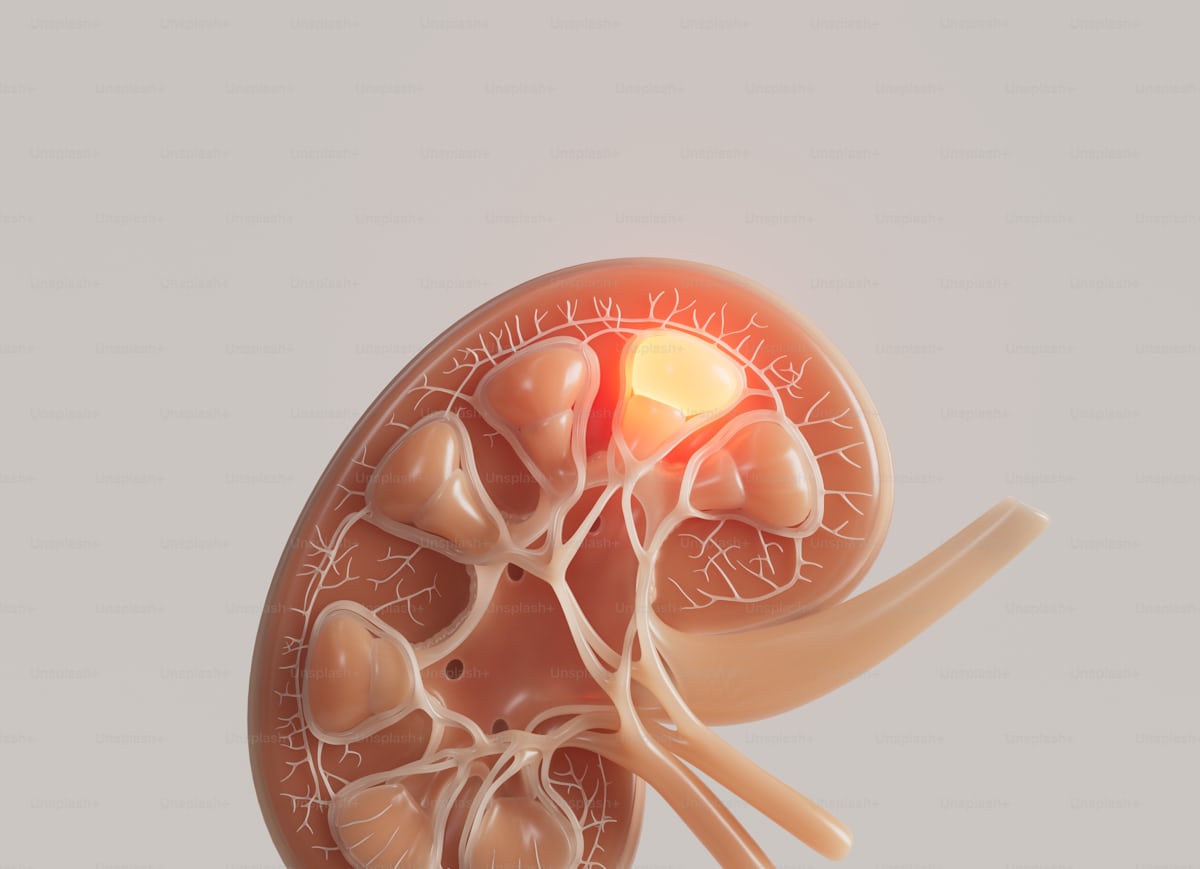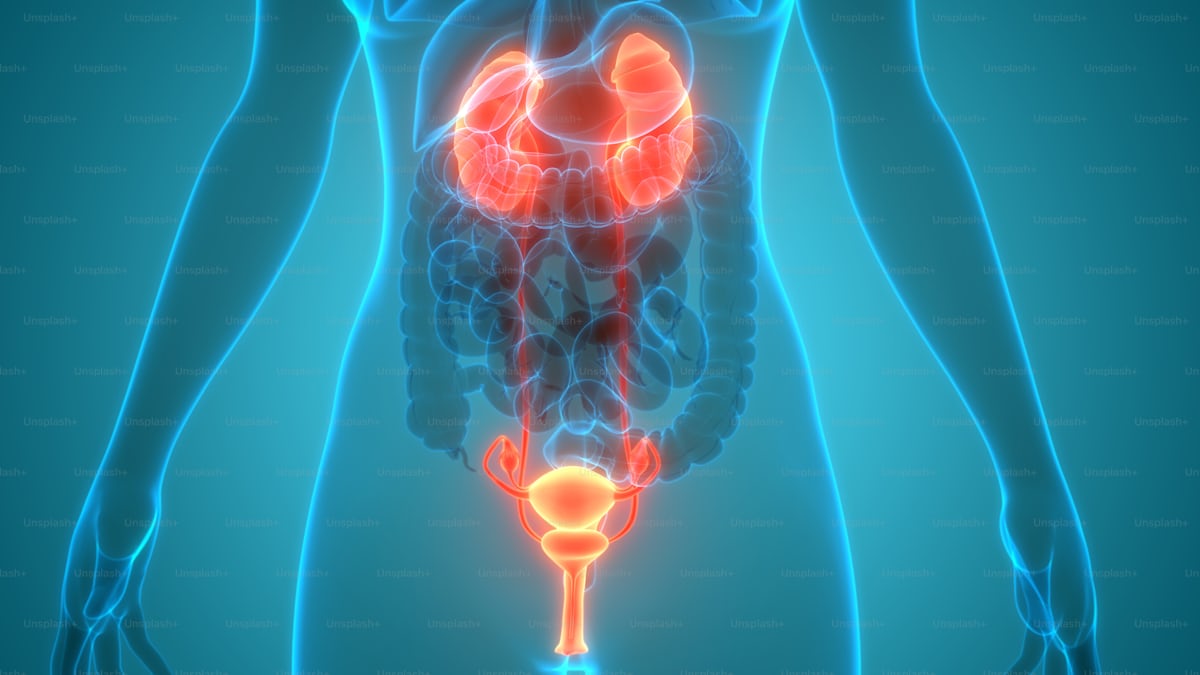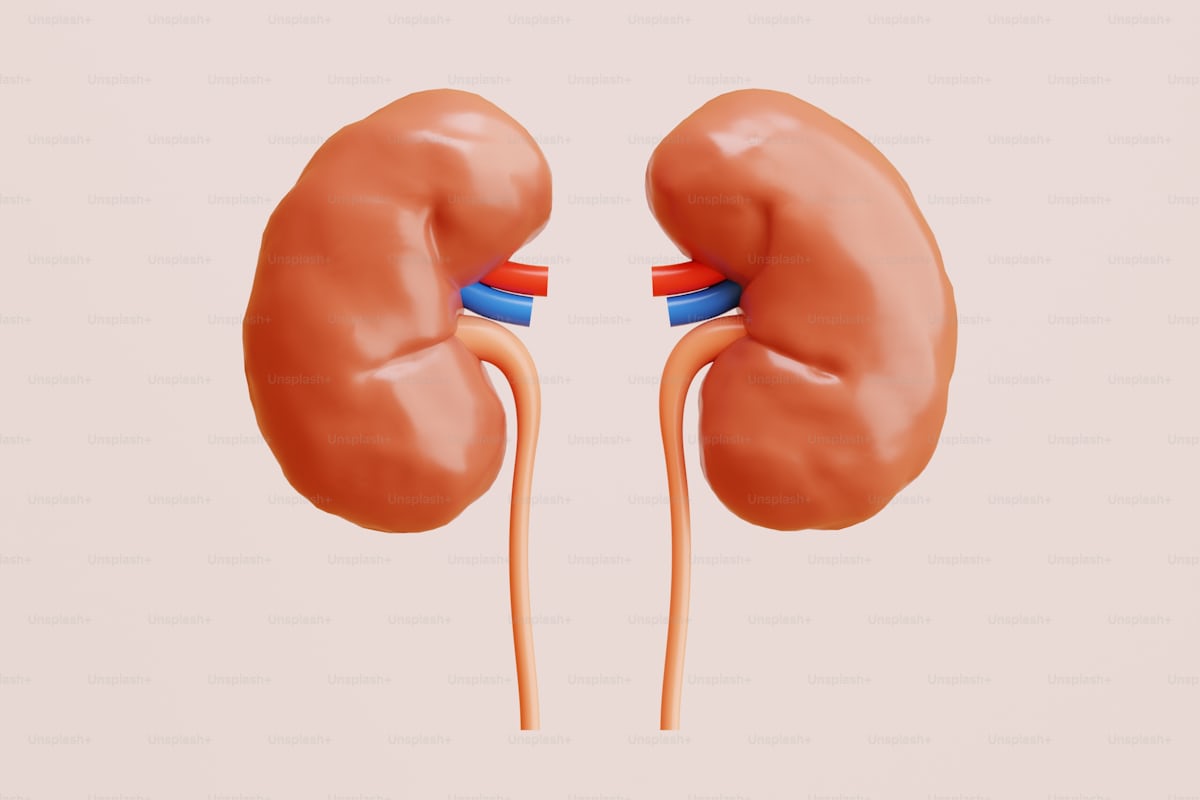When kidney failure (also called kidney failure) occurs, the kidneys are unable to filter waste from the blood. Over time, the deterioration can progress to dangerous levels in the body and can be life-threatening if left untreated.
Severe damage to the nephron can reduce kidney function. If the deficiency continues for more than 3 months, doctors diagnose chronic kidney failure.
Stages of kidney failure
Kidney disease is divided into 5 stages based on the kidney’s ability to filter waste from the blood. This is measured by estimated glomerular filtration rate (eGFR). Stage of kidney disease based on EGFR values:
Stage 1
Stage 1 kidney disease means you have minimal kidney damage and your GFR is 90 or higher. This means that your kidneys are healthy and working well, but you have other signs of kidney damage, such as protein in your urine or physical damage to your kidneys.

Stage 2
Stage 2 kidney disease is mild kidney damage with a glomerular filtration rate (eGFR) between 60 and 89. This means that in the first stage, the kidneys are usually healthy and functioning well, but there are other signs that indicate kidney damage, such as protein in the urine or kidney damage in the body.
Stage 3
Stage 3 kidney disease is divided into two stages. Stage 3 a represents an eGFR between 45 and 59 and stage 3b represents an eGFR between 30 and 44. People with stage 3 kidney disease often have no symptoms. Other health problems can also occur, such as waste accumulation in the body, high blood pressure, anemia, and bone disease.
Step 4
Stage 4 kidney disease occurs when the glomerular filtration rate (eGFR) is between 15 and 29.This means moderate or severe kidney damage. Many people with stage 4 disease have symptoms such as swelling of the hands and feet, back pain, and difficulty urinating. People with stage 4 disease should start discussing the possibility of kidney failure with their doctor.

Stage 5
Stage 5 disease means EGFR less than 15. This means the kidneys have completely failed or are very close to failure. Kidney failure requires dialysis or a kidney transplant.
Signs
Although chronic kidney disease can develop quietly in the early stages, some symptoms may indicate a decline in kidney function. These include:
Tiredness
Swollen
Urine is less or more than usual
Blood in the urine (hematuria) or foamy urineItching and rash
Nausea and vomiting
Shortness of breath
Increased blood pressure
Leg cramps, especially at night, and general muscle weakness

Understanding its stages and symptoms can help in early diagnosis and better treatment. Regular screening, especially in high-risk groups, plays an important role in detecting chronic kidney disease at an early stage when treatment is most effective. By understanding the various stages and symptoms, individuals can take proactive steps towards kidney health and overall wellness.
Reference https://www.mayoclinic.org/diseases-conditions/chronic-kidney-disease/symptoms-causes/syc-20354521#:~:text=Nausea%20and%20vomiting%2C%20muscle%20cramps,too%20much%20or%20too%20little.
https://www.kidney.org/news-stories/10-signs-you-may-have-kidney-disease
https://www.kidneyfund.org/all-about-kidneys/stages-kidney-disease/stage-1-chronic-kidney-disease
https://my.clevelandclinic.org/health/diseases/15096-chronic-kidney-disease
https://www.nhs.uk/conditions/kidney-disease/symptoms/
https://www.medicalnewstoday.com/articles/172179
https://www.maxhealthcare.in/blogs/chronic-kidney-disease-stages-symptoms
https://www.mountelizabeth.com.sg/health-plus/article/how-to-recognise-kidney-failure-symptoms-causes-treatment?gclid=Cj0KCQjwgL-3BhDnARIsAL6KZ6_OBZGTZ44KS_d2xY0eXGbyNKZDnDz0-xN81gEIOzbkCxO2zgCnfdgaAtdCEALw_wcB
 using WordPress and
using WordPress and
Comments are closed